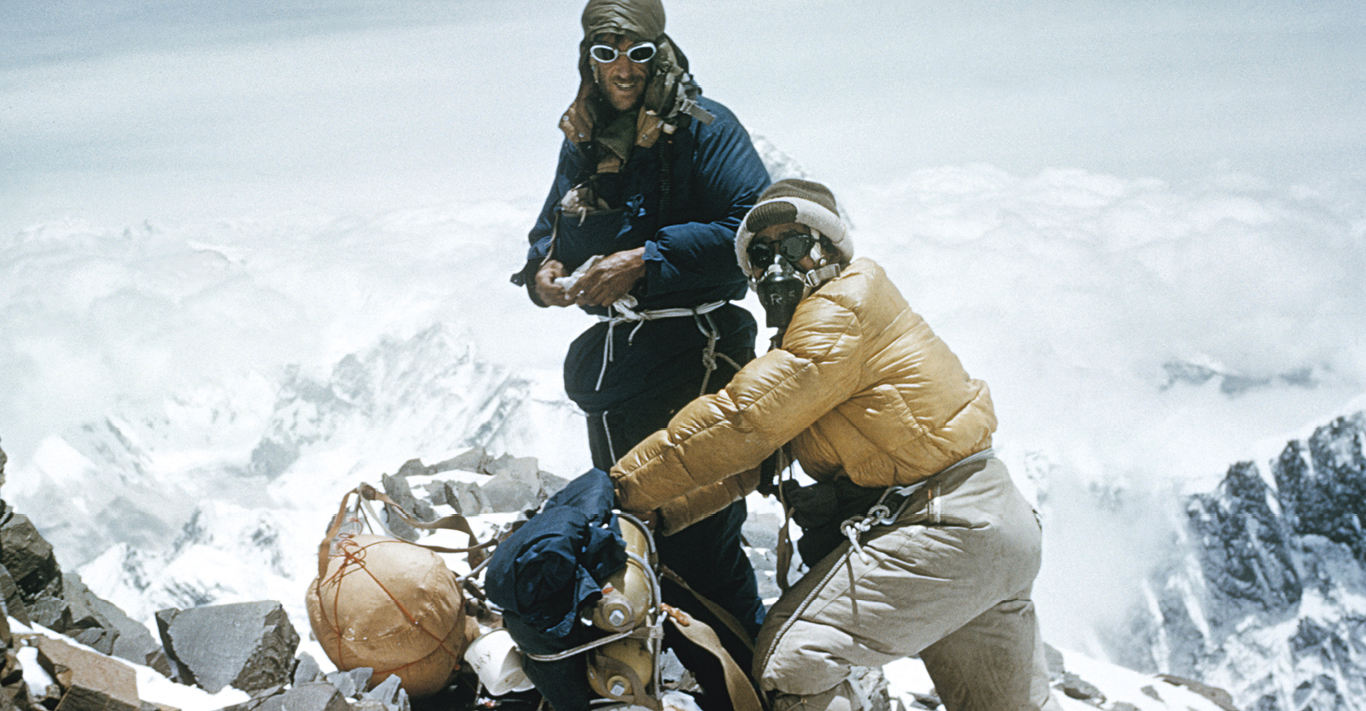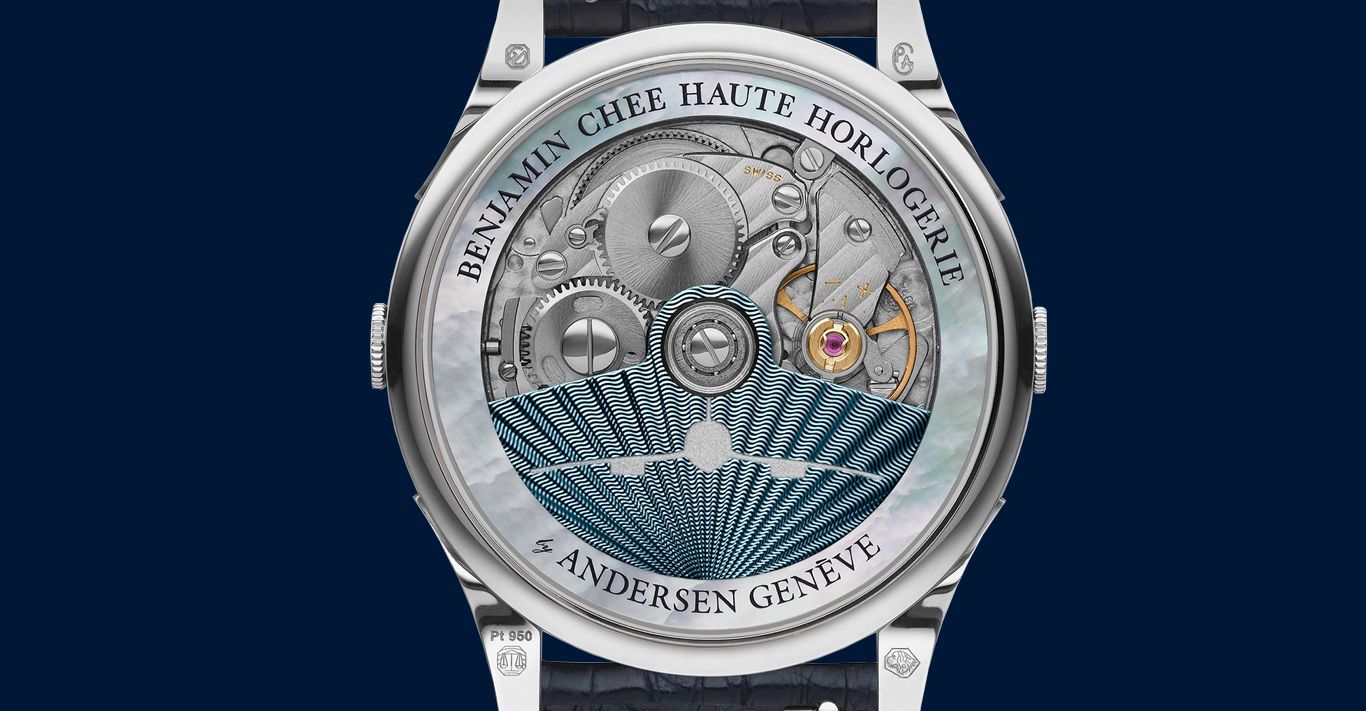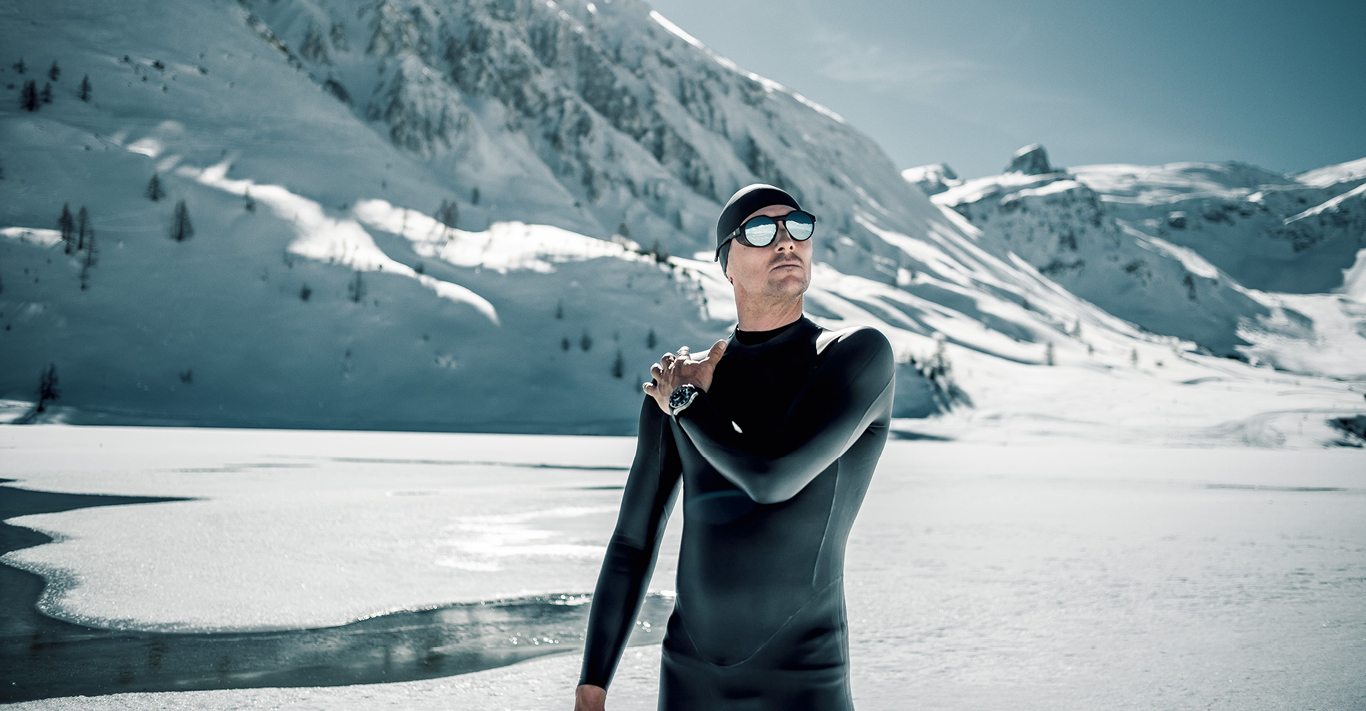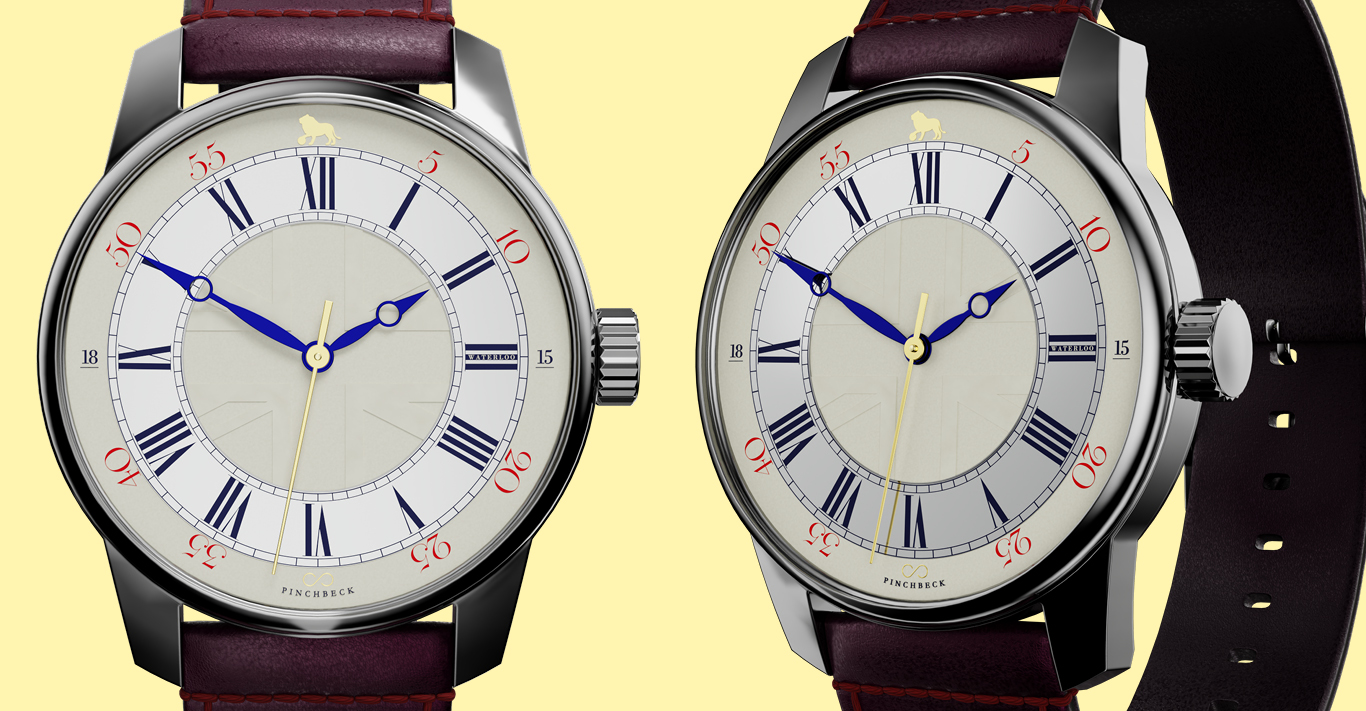WORDS
Laura McCreddie-Doak
See the name Rolex Explorer and many enthusiasts will immediately think: ‘That’s the watch Edmund Hillary wore when he summited Everest.’ That’s not actually true. There was a Rolex there, but it wasn’t an Explorer and it never made it to the summit. Since the 1930s, Rolex had been using Himalayan expeditions as a handy way of testing its watches in conditions where temperatures could descend to -45˚C and oxygen is 70 per cent less than at sea level.
Then, in 1953, when Sir Edmund Hillary and Tenzing Norgay made their historic ascent, one of the watches in their possession was a Rolex but it was a modified Oyster Perpetual and one that allegedly stayed at base camp while Hillary climbed the peak in a Smith, a now defunct British brand. Hillary was loaned the Rolex as part of the brand’s sponsorship of the expedition for him to test and then return when he descended. Hillary did just that and the watch now resides in the Beyer Watch and Clock Museum complete with packing label from the original box.
Not wanting to pass up this amazing PR opportunity, Rolex, which has never claimed its watch made it to the summit, decided to commemorate this incredible achievement with a new watch. And so, the Explorer was born. The first designs were based on a Bubble Back, so named because, as Rolex started to experiment with self-winding movements, the rotor made the mechanics too big for the case. To accommodate this extra layer, Rolex created a dome-shaped extension on the back of the watch, which earned it its nickname.
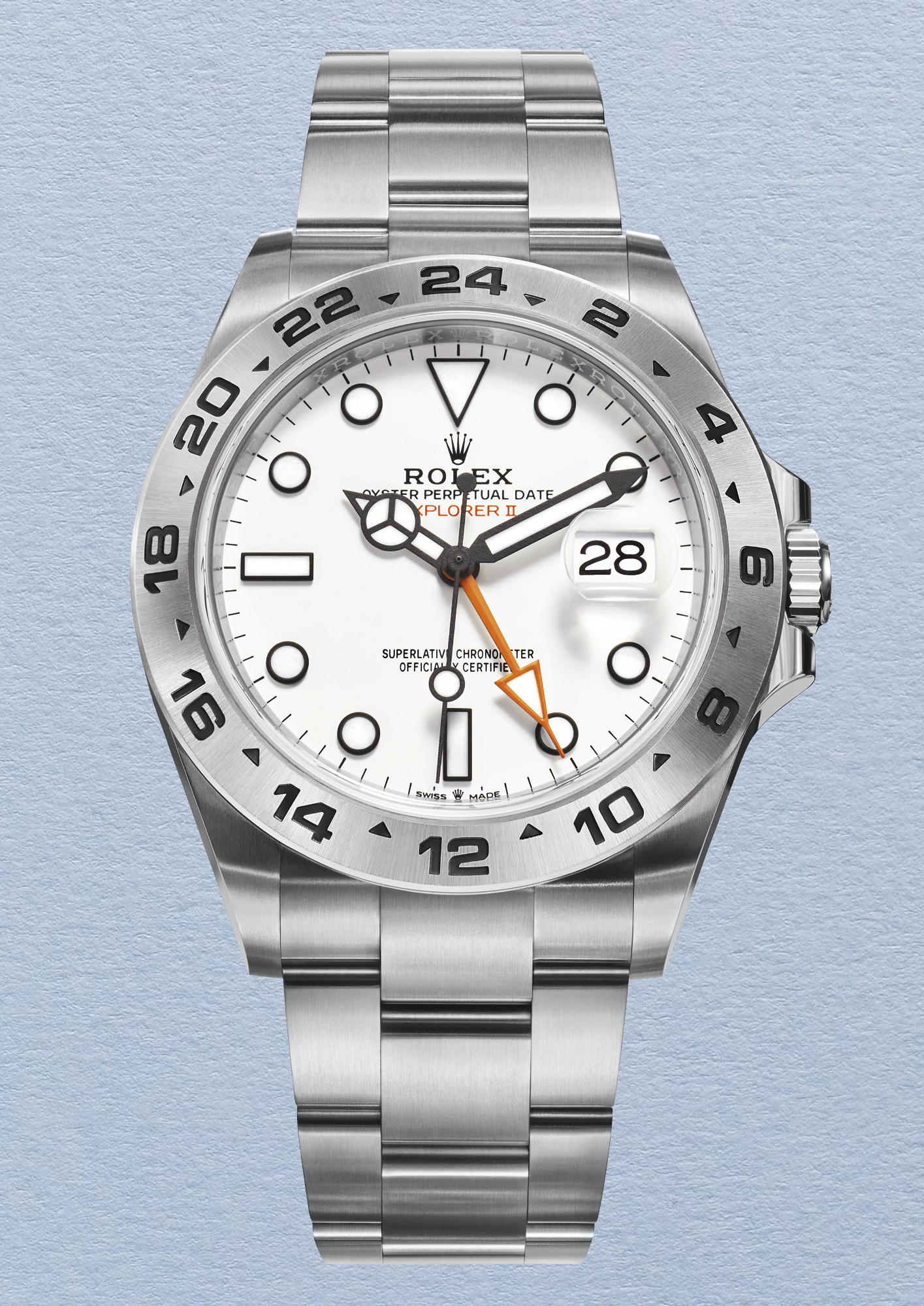
The first Explorer, the 6928, didn’t even have the word Explorer on the dial, but it did have the distinctive 3,6,9 numerals the design still possesses today. The first reference to bear the name Explorer was the 6350, however, enthusiasts point to the 6610 as the watch that stepped out of the Oyster Perpetual’s shadow and gave us today’s aesthetic code. It is this design from 1955 that directly influences the new 2021 Explorer. The case is back to its genderneutral 36mm form, as it was in the 1950s, and the 39mm steel will now be discontinued, which certainly spices up the pre-owned market. It has the signature black dial for improved legibility, which is enhanced by optimised Chromalight, so the lume glows for longer.
The case has been subtly modified and redesigned – the polishing is different on the side of the case to allow the light to reflect off it even more beautifully and the space between the lugs is smaller on the Explorer but increased on the 42mm Explorer II, which is celebrating its 50th anniversary this year. The II also has black matt edging on the hands and hour markers for the first time. It is also the first time the Explorer has been given the Rolesor treatment; a design decision that gives the sporty Explorer a more refined look, rather like trading a Harrington jacket for a Prada blazer. It’s smart, a little bit sexy and, although it might not be the first choice to wear up Everest, it’s good to know that it could rise to the challenge and get you to base camp, at the very least.
Explorer I, from £5,150 in Oystersteel; Explorer II in Oystersteel, £6,800; rolex.com

